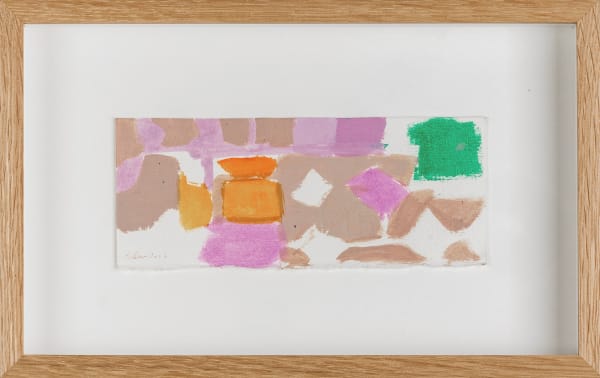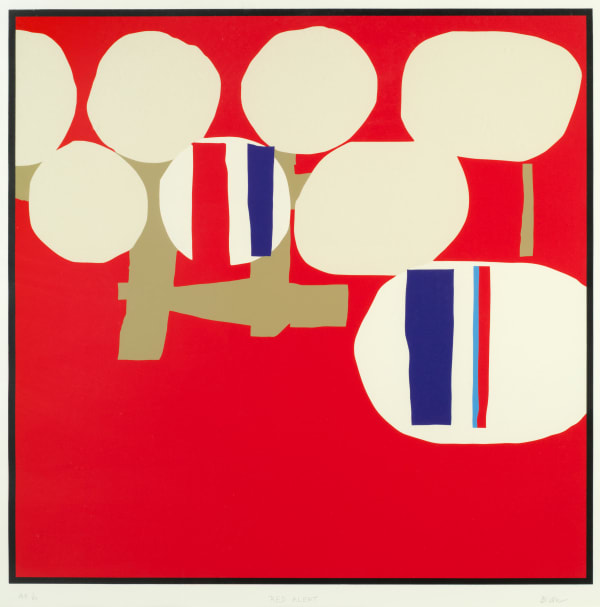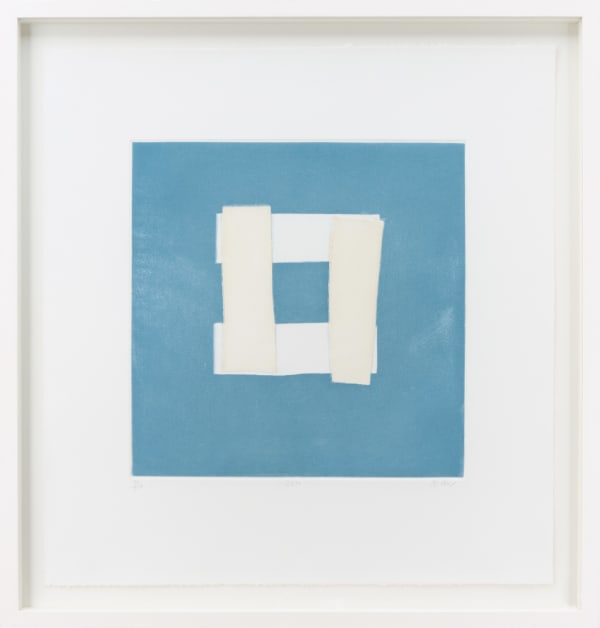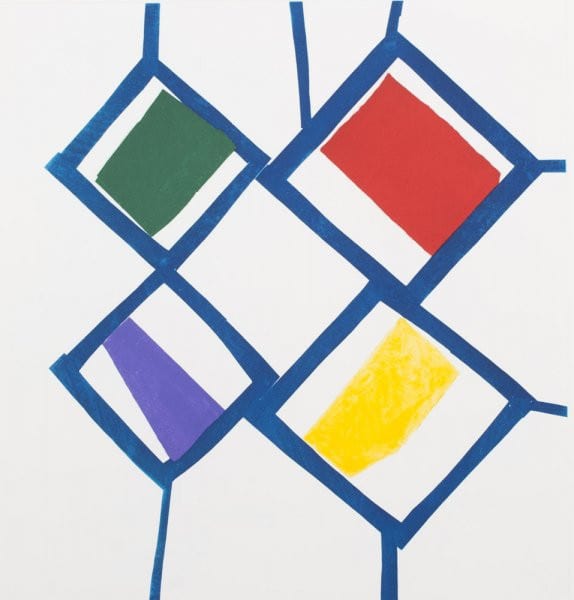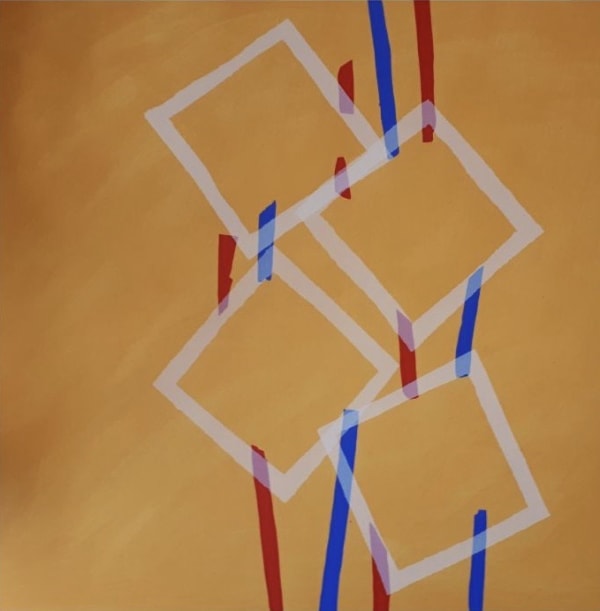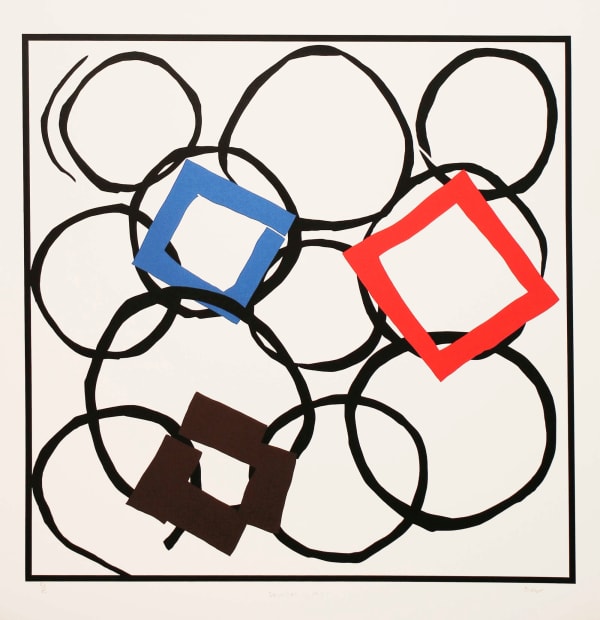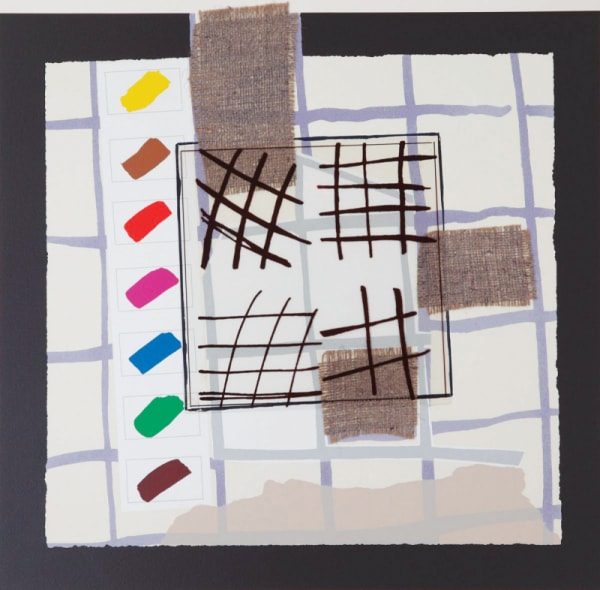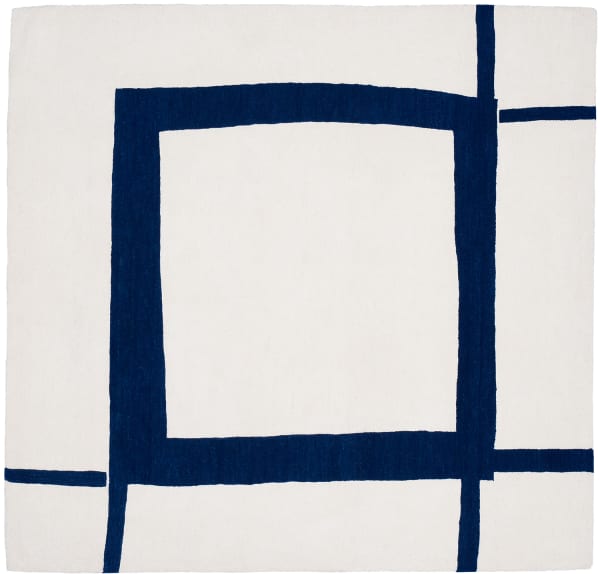Sandra Blow
-
 Allegro, 2005
Allegro, 2005 -
 Brilliant Corner III, 2003
Brilliant Corner III, 2003 -
Revolve, 2003
-
 Untitled, 2003
Untitled, 2003 -
 Red Alert, 2000
Red Alert, 2000 -
 Red Circles, 2000
Red Circles, 2000 -
 Borderline - digital edition
Borderline - digital edition -
 Orbit into Square - digital edition
Orbit into Square - digital edition -
 Revolve - digital edition
Revolve - digital edition -
 Revolve - digital edition
Revolve - digital edition -
 Three Square
Three Square -
 Screen Kiss, 2003
Screen Kiss, 2003 -
 Red Melange, 2006
Red Melange, 2006 -
 Zen, 2001
Zen, 2001 -
 Rilievo, 2005
Rilievo, 2005 -
 Revolve, 2003
Revolve, 2003 -
 Three Square, 2003
Three Square, 2003 -
 Blue Brown Interweave, 2005
Blue Brown Interweave, 2005 -
 Borderline, 2000
Borderline, 2000 -
 Four Square, 2005
Four Square, 2005 -
 Squares in Orbit, 2005
Squares in Orbit, 2005 -
 Transparency, 2004
Transparency, 2004 -
 Side Effect, 1991-2
Side Effect, 1991-2 -
 Three Square
Three Square -
 Squares in Orbit
Squares in Orbit
Sandra Blow RA (1925-2006) was one of the leading lights of the abstract art movement of the 1950s. Her works are often on a large scale and consist of abstract collages made up from cheap discarded materials such as sawdust, cut-out strips of old canvas, plaster and torn paper. The use of such materials is designed to create an expressive informality and promote a natural, organic feeling. Her works have a tactile as well as visual emphasis on surface, and her use of simple large geometric shapes lends a feeling of expansiveness and dynamism.
Sandra Blow was born in London in 1925, the daughter of a Kent fruit farmer whose orchards supplied retailers in Covent Garden. She left school at 15 and in 1940 entered St Martin's School of Art. Shortly after the Second World War, Blow studied at the Royal Academy Schools, but in 1947 ventured further afield and lived in Italy for a year, where she met Alberto Burri, who was a significant influence on her work for the rest of her career.
Despite her youth, Blow was at the forefront of the abstract art movement in Britain during the 1950s. Following her first painting sale, to Roland Penrose (a founder of the Institute of Contemporary Arts), Blow's career took off. Throughout the 1950s and early 1960s, she regularly exhibited with Gimpel Fils, the leading London gallery whose association with St Ives artists like Barbara Hepworth, Ben Nicholson and Peter Lanyon anticipated her move in 1957 to live for a year in a cottage at Zennor near St Ives. Blow was widely exhibited abroad throughout this time, establishing the international profile that her cosmopolitan outlook warranted. Participation in peripatetic displays of contemporary British art saw her work promulgated in Italy, Holland, Germany, the United States and later Australasia.
In 1957 she featured in the first John Moores biannual exhibition in Liverpool and was included in the Young Artists Section at the Venice Biennale the following year. She won the International Guggenheim Award in 1960 and won second prize at the third John Moores exhibition at the Walker Art Gallery in 1961.
In 1960, having returned to the capital, Blow acquired a large studio at Sydney Close in Kensington, where she worked for the next 24 years. In 1961 she started a 14-year stint teaching at the Royal College of Art. Although painters like Jennifer Durrant, Gillian Ayres and Joan Mitchell shared with Blow ambitious scale and expressive dynamism, she stands alone as the earliest and most original woman painter in Britain able to challenge the bar-room "macho" cult associated with free, informal abstract painting.
In moving to St Ives during the mid-1990s, Blow came full circle, reinvigorating a Cornish art scene bereft of the glories she had sampled 35 years before. She exhibited locally but also fulfilled her obligations as a Royal Academician, participating in every Summer Exhibition at Burlington House, where she enjoyed a retrospective in 1994 at the newly built Sackler Galleries.


